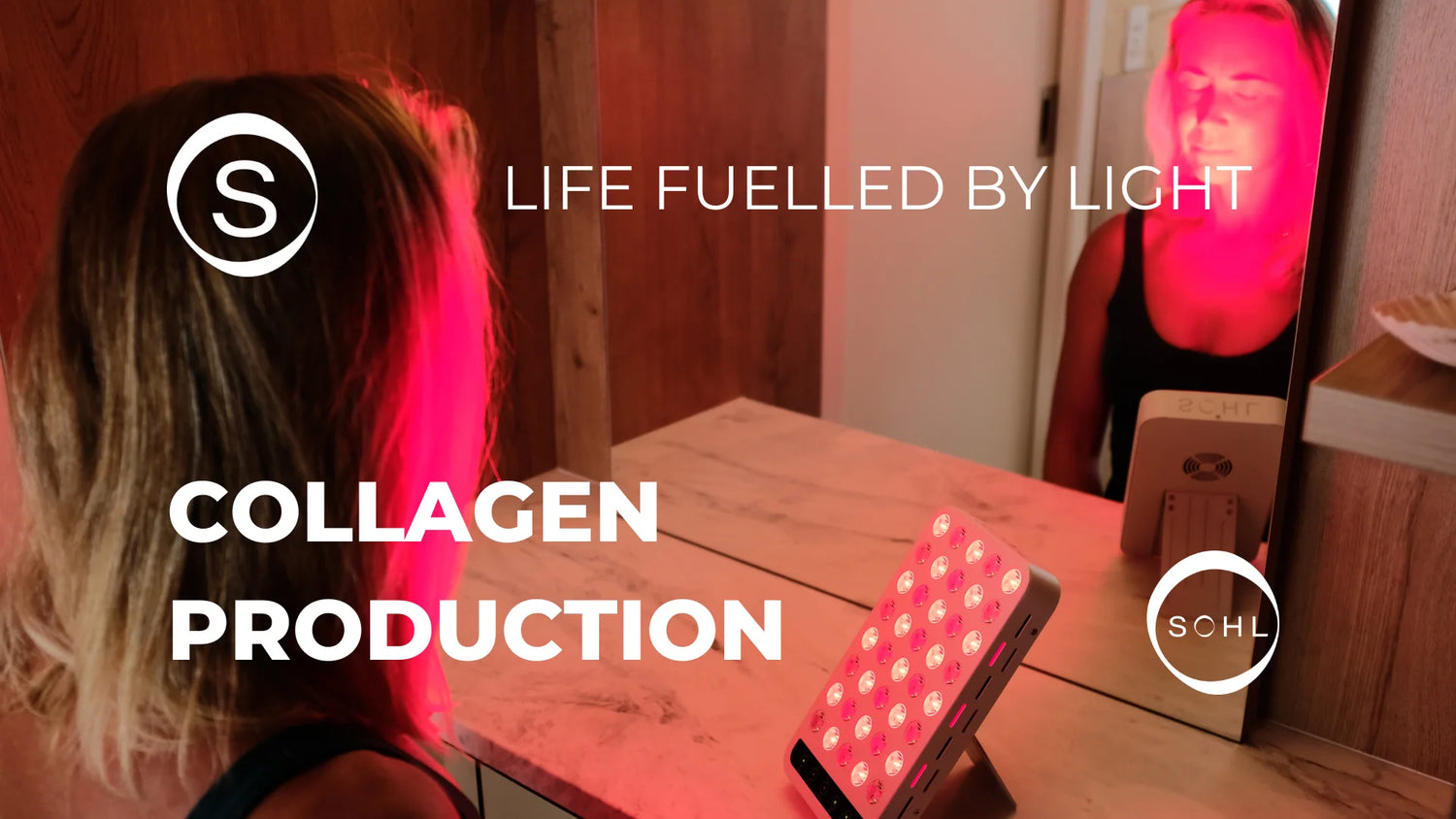Red light therapy has gained a lot of popularity in recent years as a non-invasive treatment option for a variety of conditions, ranging from acne to chronic pain. The therapy works by exposing the skin to red light, which has been shown to have a variety of beneficial effects on the body. But how does red light therapy relate to sunlight, and what makes red light therapy an effective treatment option?
Spectrum of Light
Firstly, it's important to understand that sunlight contains a spectrum of colours, each with its own wavelength and energy. The colours that we see in sunlight - red, orange, yellow, green, blue, indigo, and violet - make up what we commonly refer to as "visible light." However, sunlight also contains a range of invisible colours, including ultraviolet (UV) light and infrared (IR) light.
UV light is responsible for tanning, sunburns, and other types of skin damage, while IR light is associated with heat. Red light, on the other hand, falls on the visible spectrum and has a longer wavelength than UV and a shorter wavelength than IR light. Red light therapy utilises this specific wavelength of light to stimulate various processes in the body.
How Red Light Therapy Mimics Natural Sunlight
One of the main ways that red light therapy relates to sunlight is through its ability to mimic the positive effects of natural sunlight. Sunlight exposure has been shown to have a variety of health benefits, including boosting mood, improving sleep quality, and promoting healthy skin. However, excessive exposure to sunlight can also cause skin damage and increase the risk of skin cancer.
Red light therapy offers a safe and controlled way to reap the benefits of sunlight without its negative effects. When red light is absorbed into the skin, it stimulates the production of collagen and elastin, which are essential proteins for healthy skin. Additionally, red light therapy has been shown to increase blood flow and reduce inflammation, which can help to alleviate pain and promote healing.
The Effects on Circadian Rhythm
Another way that red light therapy relates to sunlight is through its ability to regulate the body's circadian rhythm. The circadian rhythm is the body's internal clock that regulates sleep-wake cycles and other physiological processes. Exposure to red light has been shown to help regulate the circadian rhythm, which can improve sleep quality and enhance overall health.
Summary
While red light therapy is not a replacement for natural sunlight exposure as it doesn't create vitamin D, it can be a useful complement to help support overall health and wellness. Whether you're dealing with chronic pain, skin conditions, or sleep issues, red light therapy may be a beneficial treatment option to consider.
In conclusion, red light therapy is a treatment modality that utilises a specific wavelength of light to stimulate various processes in the body.
Although red light therapy falls on the visible spectrum and has a longer wavelength than UV and shorter wavelength than IR light, it can mimic the positive effects of natural sunlight, without the negative effects. Red light therapy is a useful complement to natural sunlight exposure, and it can be an effective treatment option for a variety of conditions, from acne to chronic pain.





